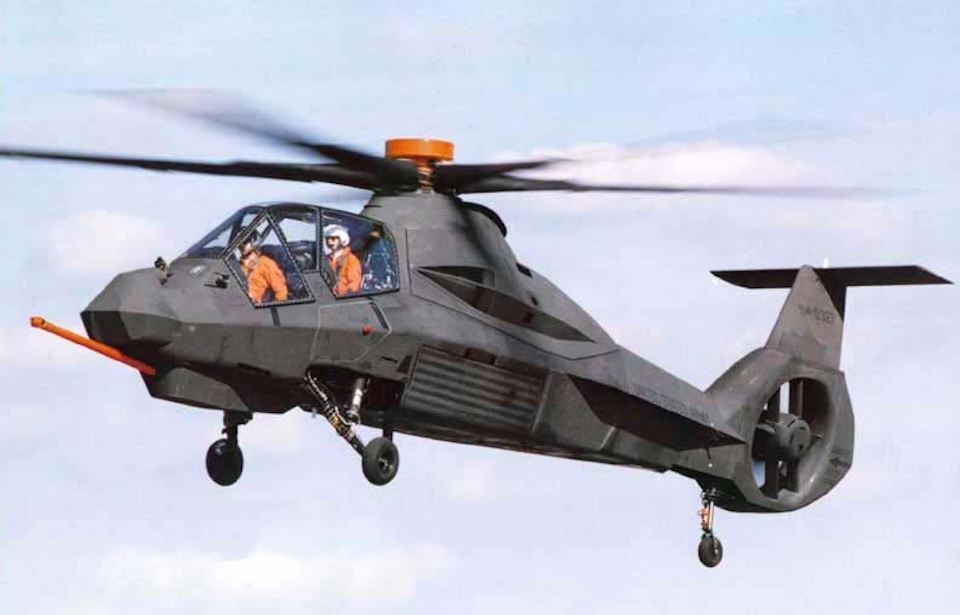The RAH-66 Comanche was a twin-turbine, two-seat armed reconnaissance helicopter that ultimately fell short of the high expectations set for it. Designed for missions like armed reconnaissance, light attack, and air combat, the Comanche was well-equipped but notably heavy and, in the end, unsuccessful.
Response to Soviet threats
During the 1980s, the Soviet Union still posed a threat to the security and interests of the US. Believing that the Soviet Union was still funneling money into their own advanced military operations, the US Army began looking for a suitable replacement for their older, worn-down light attack and reconnaissance helicopters. As such, the Light Helicopter Experimental (LHX) program was born.
The intent was to replace the Vietnam-era helicopters, giving the old design an update. The ultimate goal was simple in theory but rather difficult in practice – build a single rotorcraft that would replace the Bell UH-1 Iroquois, Bell AH-1 Cobra, Hughes OH-6 Cayuse, and Bell OH-58 Kiowa helicopters.
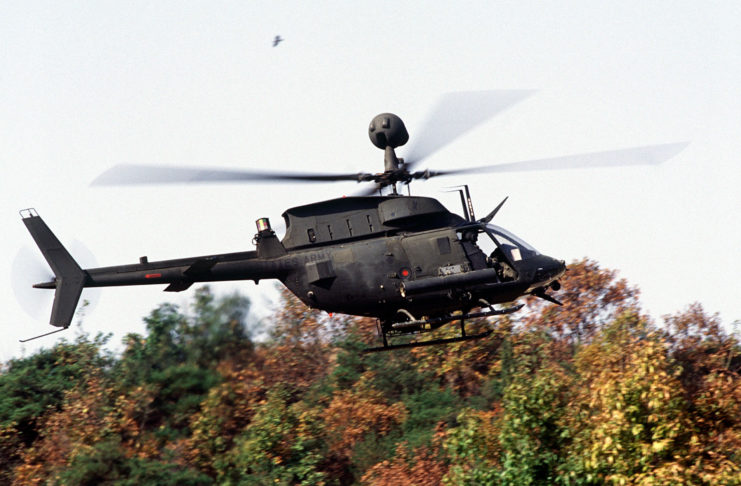
Program requirements
By the end of the decade, only two teams had met the proposal requirements and each was provided contracts to further develop their designs. Boeing-Sikorsky and Bell-McDonnell Douglas competed for approval, but it was Boeing-Sikorsky that was granted $2.8 billion to begin their production on six prototypes.
These new helicopters needed to survive longer than their predecessors, and so the new RAH-66 Comanche borrowed elements from fixed-wing stealth platforms, such as the Lockheed F-117 Nighthawk, replicating its angular radar-reflecting surfaces.
You can’t see me
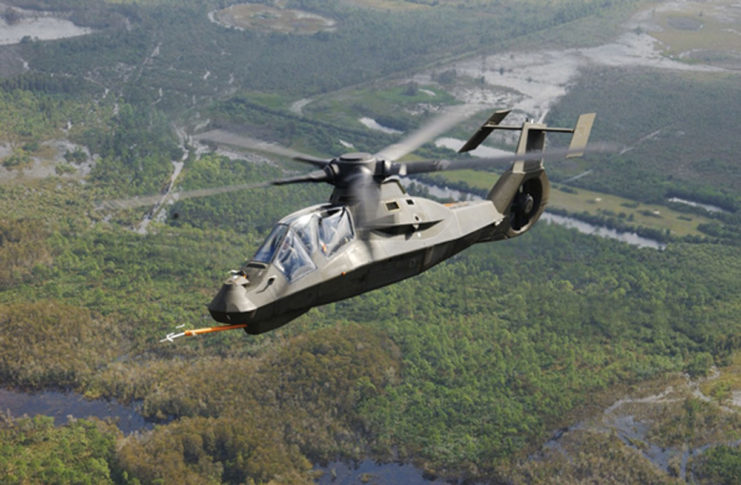
The RAH-66 Comanche prototypes were highly advanced. Their surfaces were crafted from radar-absorbing composite materials to minimize the rotorcraft’s radar signature. Moreover, engine exhaust was directed through the tail section, which helped cut the infrared signature by 75 percent. Its infrared cross-section was reportedly 250 times smaller than that of the OH-58 Kiowa.
The RAH-66 Comanche’s blades featured graphite armor plating, designed to withstand heavy gunfire and generate only half the noise of a standard helicopter. A Longbow radar could also be installed above the rotors, providing pilots with essential situational awareness. The RAH-66 Comanche could achieve speeds close to 200 miles per hour and, impressively yet unnecessarily, was capable of executing agile aerial maneuvers like loop-de-loops.
Munitions galore
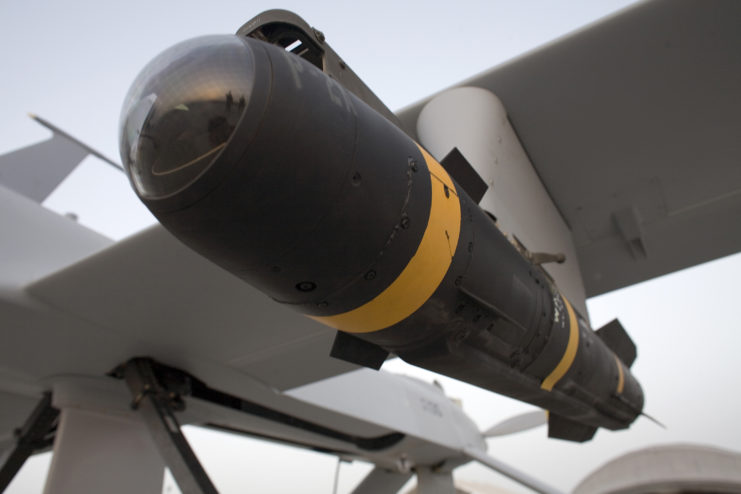
The munitions supplied on the RAH-66 Comanche prove it was intended to engage both air and ground targets while in targeted combat zones. Internally carrying its weapons, it was equipped with a retractable 20-mm XM301 Gatling canon and had space for 6 AGM-114 Hellfire missiles. In the case that air superiority was established, the RAH-66 Comanche could have an additional external pylon mounted that could equip another 8 AGM-114 Hellfires. As well, an additional 12 AIN-92 Stinger air-to-air missiles could also be mounted on external pylons.
Setback after setback
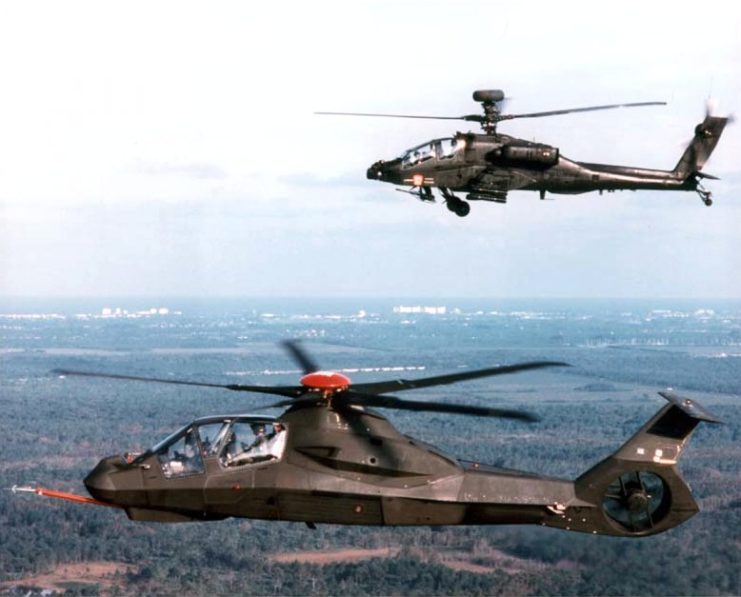
With all of these impressive specs, the RAH-66 Comanche had to meet high expectations. Unfortunately, nearly every system intended for use inside the rotorcraft was met with speed bumps. A number of bugs in the software meant that the quality of use was diminished and difficult and expensive to iron out. The helicopter had many disappointments, such as the 3-barrel cannon not being as accurate as expected, the target detection system not meeting expectations, and efforts to reduce overall weight being sluggish.
A change in direction
Following September 11, 2001, the US Army changed its defense priorities, and desires for reconnaissance and light attack platforms were replaced by a need for anti-terrorism campaigns. While still waiting for the RAH-66 Comanche to meet their expectations, they reduced their original order by almost half.
Scrapped
Two years after 9/11, the entire program was scrapped. After two decades worth of work and nearly $7 billion spent on the RAH-66 Comanche, the final product was halted after only two prototypes. Originally, the program was supposed to produce 1,213 helicopters, and so a half a billion-dollar penalty was issued for canceling the program.
Borrowed innovation
Despite being scrapped, the program is still generally seen as a success. Regardless of only two prototypes begin produced, the program provided invaluable information for the future development of rotorcraft. Many of the parameters for the RAH-66 Comanche can be spotted on other vehicles, like the UH-60 Black Hawk used in the raid on Bin Laden, which sports a tail section not typically seen on that type of aircraft. UH-60 Black Hawks are also extremely quiet, another detail likely borrowed from the RAH-66 Comanche program.
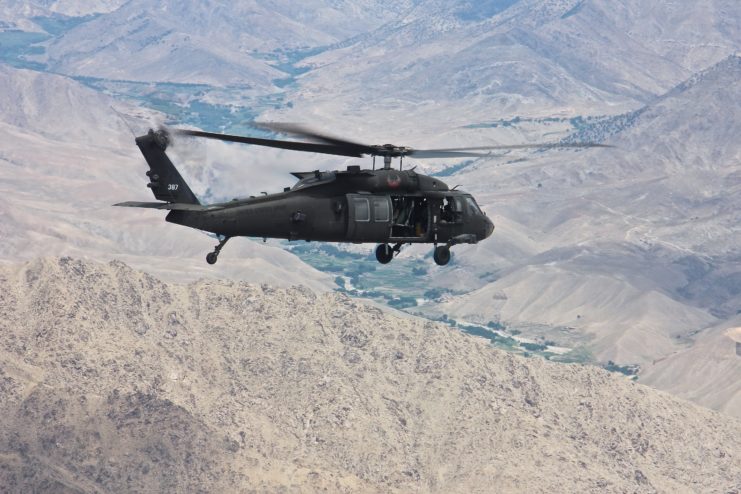
New! Want to become a trivia master? Sign up for our War History Fact of the Day newsletter!
Additionally, Sikorsky’s recent program, the S-97 Raider, is reminiscent of the company’s previous RAH-66 Comanche program, giving way to the idea that the rotorcraft was simply ahead of its time, and as there is continued progress in the development of new technologies, a rotorcraft can meet the expectations of the RAH-66 Comanche without the weight and unnecessary agility.
